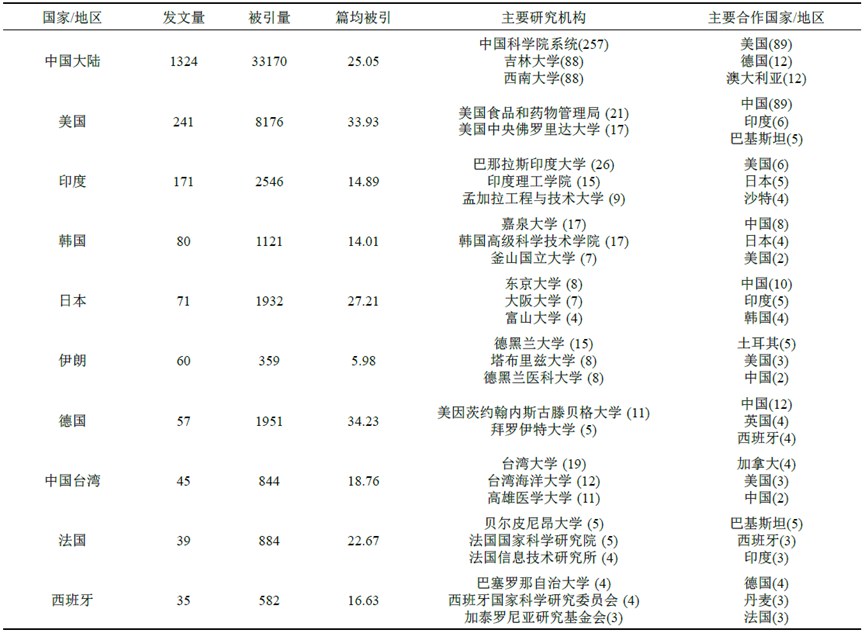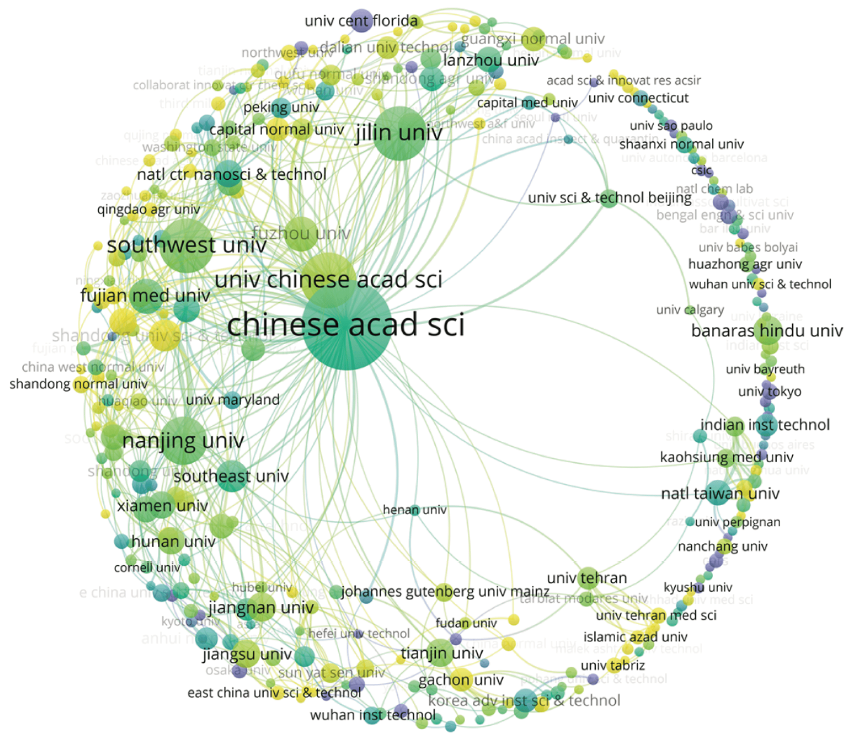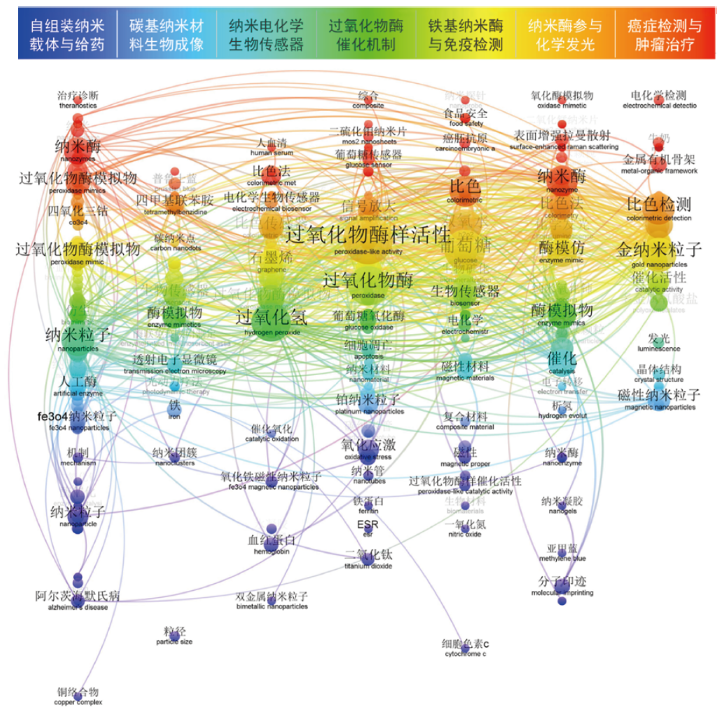正规AG真人平台官网521006914微Q
QQ Academic Group: 1092348845
Detailed
管理员【微信QQ同步521006914】官方网站(www.TL9043.com)腾龙国际客服24小时在线,【公司直属客服】【公司直属开户】【大额无忧】支持视频验证现场。
As the original scientific research achievements of Chinese scientists, nanoenzymes are the product of multi-disciplinary integration. After more than ten years of development, research on nanoenzymes has achieved remarkable results1,2. In the development of nanoenzymes, Chinese scientists have always been in a leading position. Nevertheless, nanoenzymes as a new research direction still face many challenges, requiring the sincere cooperation of scientists from multiple disciplines (including biology, physics, chemistry, materials and medicine) to jointly explore the catalytic mechanism of nanoenzymes , To better establish the theoretical catalytic system of nanoenzymes, and use its multi-functional properties to realize its applications in biomedicine, environmental science, national security and other fields. Recently, Academician Yan Xiyun of the Institute of Biophysics of the Chinese Academy of Sciences and Researcher Du Peng of the Institute of Science and Technology Strategy Consulting of the Chinese Academy of Sciences published an article entitled "Analysis of the Development Trend and Priority Fields of Nanoenzymes" in "Science in China: Chemistry". The development status of enzymes, and based on the perspective of bibliometrics, focuses on the number of papers published and cited in the field of nanoenzymes since 2007, research institutions and countries/regions, research topics and their evolutionary laws, and comparison of international development trends In terms of analysis and other aspects, the development process of nanoenzymes was systematically sorted out, and a visual knowledge map of nanoenzymes was presented; combined with expert research and judgment, the future development direction of nanoenzymes was prospected3.
In order to present the visualized knowledge map and development trend and characteristics of nanoenzymes, the author conducted a systematic study on the thesis data of nanoenzymes with the help of bibliometrics research methods. First, by studying the year distribution of nanoenzyme articles, the development of nanoenzymes can be roughly divided into three stages (Figure 1). The first stage: the budding period. At this stage, the field of nanobiocatalysis has gradually begun to publish papers, but it is limited to nanocatalysis or nanobiocatalysis, and has not yet risen to the level of enzymes or even the level of new concepts of nanoenzymes. The second stage: development period (2000~2007). At this stage, research on nanoenzymes has entered a period of slow development and tortuous progress in exploration. In this period, few highly influential highly cited papers were published. The published papers generally only carried out experimental research on the phenomenon of nano-biocatalysis itself, and rarely involved the catalytic mechanism of nanomaterials, especially the catalytic mechanism of nanoenzymes. The third stage: Blowout period (after 2007). 2007 is an important turning point in nanoenzyme research. This year, Chinese scientists broke the boundaries of traditional disciplines, and through years of sincere cooperation among researchers in the fields of biology, chemistry, materials, physics, medicine, etc., they discovered nanoenzymes for the first time, introduced enzymatic methods, and proposed the concept of nanoenzymes4. After 2007 , The number of publications in the field of nanoenzyme research has increased significantly (the number of publications increased by 38.27 per year on average), and a large number of highly cited papers have appeared continuously.

Figure 1 Changes in the amount of articles published in the field of nanoenzymes over time
In addition, the author also analyzed the high-yield countries and high-yield institutions in the articles published by Nanozyme. At present, many countries or regions around the world have conducted research on nanoenzymes. The basic information of the top 10 countries with a large number of publications is shown in Table 1. The study found that China‘s research on nanoenzymes has developed rapidly, with an average annual publication volume of 88.27 articles. In recent years, China‘s research on nanoenzymes has been in a leading position in the world, and the number of articles published and cited far exceeds that of other countries or regions. However, the author also emphasized that the citations of Chinese papers are still lower than that of the United States, Japan and other technological powers, indicating that China‘s technological influence in the field of nanoenzymes still needs to be strengthened. In addition, the author analyzed the organization that published the article (Figure 2). It can be found that the Chinese Academy of Sciences system is currently the world‘s largest organization in the field of nanoenzymes, and its number of articles and citations ranks first in the world.

Table 1 Top ten high-yielding countries or regions with research results in the field of nanoenzymes

Figure 2 Cooperative network of nanoenzyme research institutions
Subsequently, the author systematically analyzed the main research topics of nanozymes. Figure 3 is a keyword cluster map obtained from VOSviewer. The hot research topics in the field of nanoenzymes can be summarized into the following 7 main clusters, including self-assembled nanocarriers and drug delivery, carbon-based nanomaterials and biological imaging, Nano electrochemical biosensors, peroxidase catalytic mechanism, iron-based nanoenzymes and immunodetection, nanoenzymes involved in chemiluminescence, cancer detection and tumor treatment.

Figure 3 Seven main research topics in the field of nanoenzymes
The author also analyzed the evolution of nanoenzyme research topics. According to the average year map of the keywords, the changes in the research theme can be seen. Figure 4 is based on the keyword co-occurrence sequence diagram from 2007 to 2018. In the circular area, every two years is divided into a time period, and the keywords that appear frequently in this time period are listed to present the research theme The evolutionary trend. For example, from the direction of mimic enzymes and nanoparticles in 2007~2008, it gradually evolved to the directions of catalase-like activity, nanoenzymes, and peroxidase in 2017~2018, reflecting the research themes and focus of this field. The changes.

Figure 4 Evolution of research topics in the field of nanoenzymes
Finally, on the basis of the above analysis, this paper uses the "consensus formation" as the core of the forward-looking research method, gradually gathers the consensus of experts, combined with the research results of bibliometrics, judges the future priority development directions of the nanoenzyme field including:
(1) New activities of nanoenzymes and new materials. At present, the research on the catalytic activity of nanoenzymes mainly focuses on the two types of oxidoreductases and hydrolases, while the research on the activities of transferase, isomerase, lyase and synthetase and the discovery of new materials are still very important. less. In order to systematically and deeply understand the catalytic mechanism of nanoenzymes, it is necessary to discover new nanoenzyme materials and study their catalytic properties.
(2) Nanoenzyme‘s catalytic behavior, catalytic kinetics and multi-enzyme coordination mechanism. The catalytic mechanism of nanoenzymes is diverse, and the catalytic mechanism varies with nanomaterials. Therefore, it is necessary to establish a complete catalytic theory system for various types of nanoenzymes. In the future, the research ideas and directions of this work include the combination of theoretical calculation and experimental verification, drawing on the confinement effect theory in the field of energy chemistry, and developing in-situ, real-time and dynamic characterization techniques.
(3) Optimized design, controllable preparation and standardization of nanoenzymes. In order to reduce the number of trial and error in the research and development of nanoenzymes, save research and development costs, and improve research and development efficiency, the optimization design, controllable preparation and standardization of nanoenzymes in the future are still the priority directions in this field.
(4) Research on the immunocompatibility, metabolism and quantification of nanozymes in organisms. An in-depth understanding of the fate of nanomaterials in organisms can help scientists monitor the in vivo behavior of nanoparticles, promote the optimal design of nanosystems, and expand the application of nanomaterials and technologies in the field of disease diagnosis and treatment.
(5) Application research of nanoenzymes. The early application of nanoenzyme catalysis focused on in vitro detection and environmental management, and in recent years has gradually expanded to the field of in vivo diagnosis and treatment. Therefore, nanoenzymes have broad biomedical and environmental health applications. In order to implement the healthy China strategy, the field should accelerate its development in the future: biochemical detection and biosensing, cancer and major disease diagnosis and treatment, antibacterial, anti-oxidation and elimination of biofilms, environmental monitoring and management, nanoenzymes and gene editing, Nano robots and so on.
references
(1) Wu, J.; Wang, X.; Wang, Q.; Lou, Z.; Li, S.; Zhu, Y.; Qin, L.; Wei, H. Nanomaterials with enzyme-like characteristics (nanozymes ): next-generation artificial enzymes (II). Chem. Soc. Rev. 2019, 48, 1004-1076.
(2) Huang, Y.; Ren, J.; Qu, X. Nanozymes: Classification, Catalytic Mechanisms, Activity Regulation, and Applications. Chem. Rev. 2019, 119, 4357-4412.
(3) Jiao Jian; Fan Kelong; Hu Zhigang; Yan Xiyun; Du Peng. Development trend and priority analysis of nanoenzymes. Science in China: Chemistry 2019, 49, 1442-1453.
(4) Gao, L.; Zhuang, J.; Nie, L.; Zhang, J.; Zhang, Y.; Gu, N.; Wang, T.; Feng, J.; Yang, D.; Perrett, S.; Yan, X. Intrinsic peroxidase-like activity of ferromagnetic nanoparticles. Nat. Nanotechnol. 2007, 2, 577-583.
This information is sourced from the Internet for academic exchange only. If there is any infringement, please contact us to delete it immediately.
- Previous: The world‘s first meta
- Next: A Rising 2D Star: Nove


 Academic Frontier
Academic Frontier